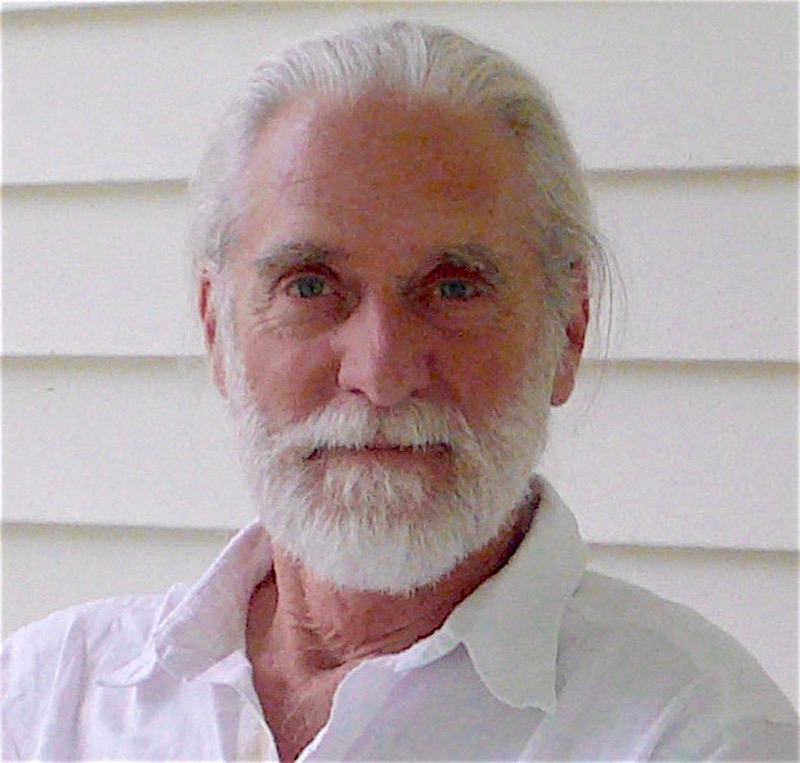Stephen Wicks' attraction to photography began during his childhood. He says he was inspired by the photo essays in LIFE Magazine. Each week when a new issue arrived it seemed like the world beyond his home was in his hands and he had feelings for and wanted to meet the people who appeared in the pictures and visit the places he saw on the pages in the magazine.
Wicks has always had a deep interest in all forms of communication. He
says his attraction to the visual world and belief in the power of images
triggered his imagination, cultivated his intuition, awakened within him a
natural curiosity and an instinct to questioning everything. These qualities
have been the inspiration for Wicks to follow parallel careers as an imagemaker
and visual educator.
As an artist Stephen Wicks has been using photography, videography,
monologues and soundscapes to tell stories about the things he see's,
questions and values. His motivation has been to create picture stories, in
print and now also on the screen, to share with others what he has
experienced, discovered and captured.
During his early career Wicks created traditional B&W photo essays with up
close and personal photographs made, often while living with his subjects
over a long period of time, and returning many years later to see and
capture changes in their lives.
More recently, Wicks has been making digital color photographs of
landscapes, places and objects found in spaces shared by the natural
landscape and built environment. Although these photographs are void of
people, he believes a human trace is visible in each picture and, with this in
mind, he see's his Nature/Culture images as social landscapes. It is
precisely the absence of people along with a sense of their presence, as
seen in the marks and artifacts left in the environment, he now finds most
fascinating.
Stephen Wicks is currently developing two presentation/performance/storytelling
projects:
PICTURE STORIES: a series of live presentations based on thematic video
vignettes, photographs and monologues about American people, places,
experiences and events; including a dialogue with the audience (in
development / launch: September 2019)
BEING THERE: his YouTube Channel - a video magazine about American
Culture - including picture stories, video journals and commentary on
education, art, communication, politics, economy, media (in development /
launch: October 2019)
